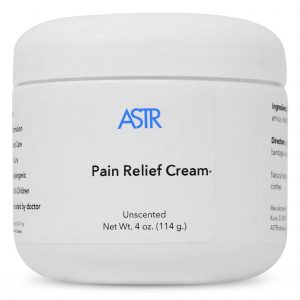Anterior Cruciate Ligament (ACL) Injury: Causes, Grades, Symptoms & Treatment
Anterior Cruciate Ligament (ACL) Injury: Causes, Grades, Symptoms & Treatment
What Is Anterior Cruciate Ligament (ACL)?
The anterior cruciate ligament is one of the four cruciate ligaments in the knee that exist in order to stabilize the knee. This ligament runs diagonally in the middle of the knee preventing the tibia from sliding out in front of the femur and stabilizes knee rotation. ACL tears can occur from landing or planting in sports with or without contact and are one of the most common knee injuries.
Anterior Cruciate Ligament (ACL) Causes
- Twisting or rapidly changing direction
- Sudden stops
- Slowing down while running downhill
- Landing from a jump with improper form
- Direct contact or collision
ACL Tears Grades
There are three grades of tears for an ACL injury. A grade 1 tear is a slightly stretched ACL that is still able to keep the knee joint stable. Grade 2 is when the ligament is over stretched and becomes loose, this is known as a partial tear. A Grade 3 tear means that the ligament is completely torn and can no longer keep the knee joint stable. After surgery patients may have a limited knee range of motion, pain with kneeling, numbness, infection, blood clots, and damage to the structures such as nerves and blood velssels.
ACL Symptoms
- Swollen knee with pain
- Decreased range of motion of the knee
- Tenderness along the leg
- Pain with walking
ACL Treatment
ASTR treats ACL in a gentle, effective, and natural way by addressing muscle imbalances, scar tissue, trigger points, fascia restrictions, inflammation, posture, body mechanics which are often the source of the pain. ASTR takes a holistic approach to address the root causes of pain, not just the symptoms. ASTR treatment can be done at home for ACL.
Anterior Cruciate Ligament (ACL) Home Treatment

- Fast results
- Treatment takes about 5 min a day
- Easy to use medical tools
- Natural holistic approach
- Treat the root cause of the problem
- Invented by a doctor who had chronic pain
- Supported by over 45 studies
ASTR Exceptionally Different
Reviews collected from various websites
Heal Faster




